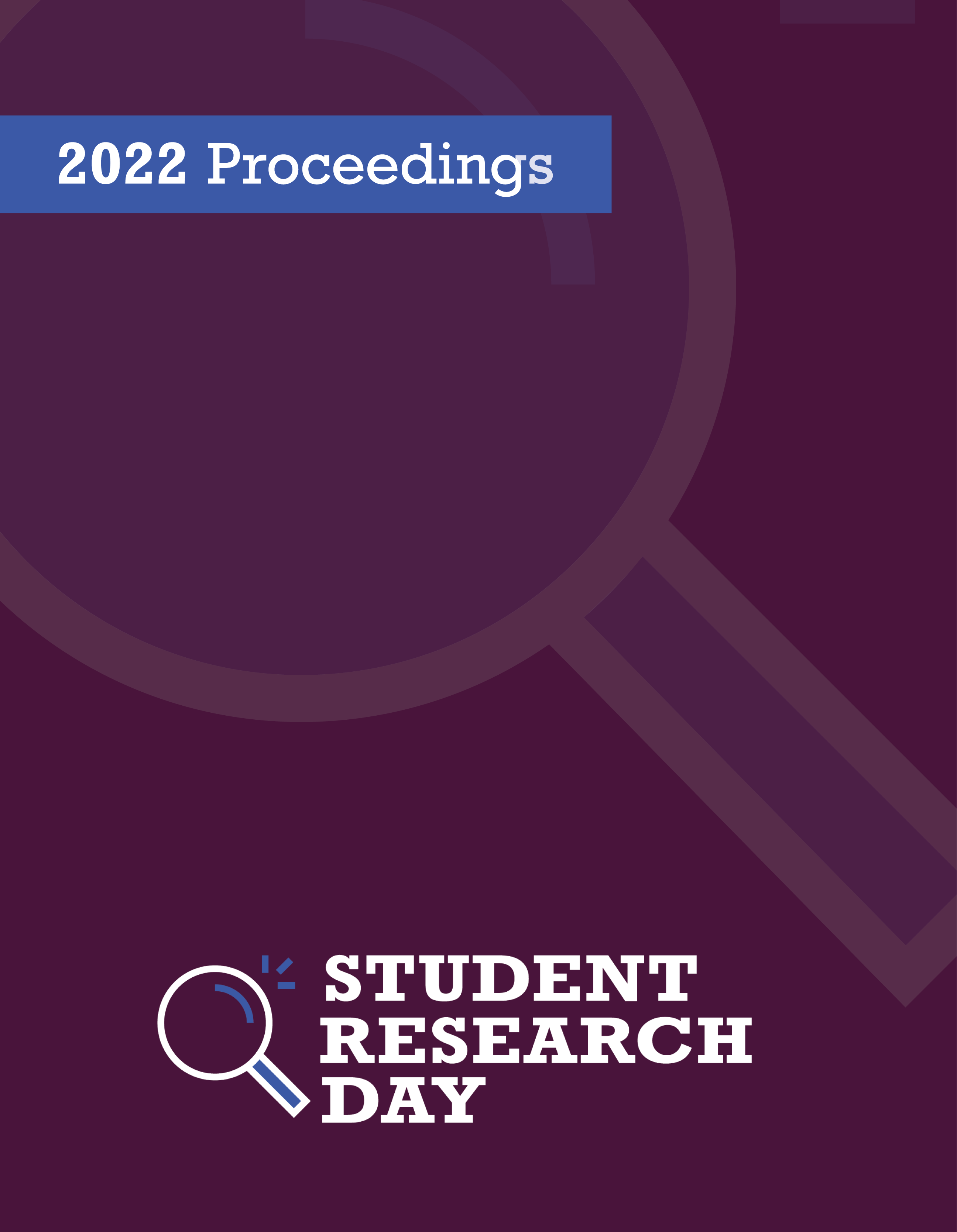Detecting Antibiofilm Activity in Phytochemical Extracts From Local Invasive Weed Species
Abstract
The development of antibiotic resistant pathogens is a serious global healthcare concern. Treatment for pathogens that form biofilms is particularly difficult because biofilm formation provides an extra physical barrier that enhances a pathogen’s resistance to antibiotic treatment. New antimicrobial treatment options must be discovered to address this challenge. Invasive weeds are of increasing interest because of their potential to produce antimicrobial chemicals. Studies on the phytochemicals produced by local invasive weed species have been limited thus far, despite showing strong potential as a novel antibiofilm treatment due to their noxious and allelopathic nature. This project examined phytochemical extracts of invasive weeds from the local Edmonton, Alberta, environment and aimed to find evidence of extracts demonstrating antibiofilm activity. Previous students sequentially extracted samples with solvents of increasing polarity (hexane, ethyl acetate, and methanol). The solvent was removed by rotary evaporation, and the phytochemical mixtures were dissolved in DMSO to produce treatment extracts.
Preliminary disk diffusion assays identified general antibacterial activity in these extracts, indicating potential for the extracts to also demonstrate activity specifically targeting biofilms. An antibiofilm assay was developed, in which biofilms of gram-positive and gram-negative bacterial species were treated with phytochemical extracts. This assay identified phytochemical extracts of at least three weed species that had an inhibitory or killing effect on biofilm cultures. These extracts will be further studied to identify the specific phytochemicals causing the observed antibiofilm effects, and to assist in the development of new potential antimicrobial agents to treat antibiotic resistant pathogens.
Department: Biological Sciences
Faculty Mentor: Dr. Kimberley Harcombe
Published
Issue
Section
License
Authors retain any and all existing copyright to works contributed to these proceedings.



